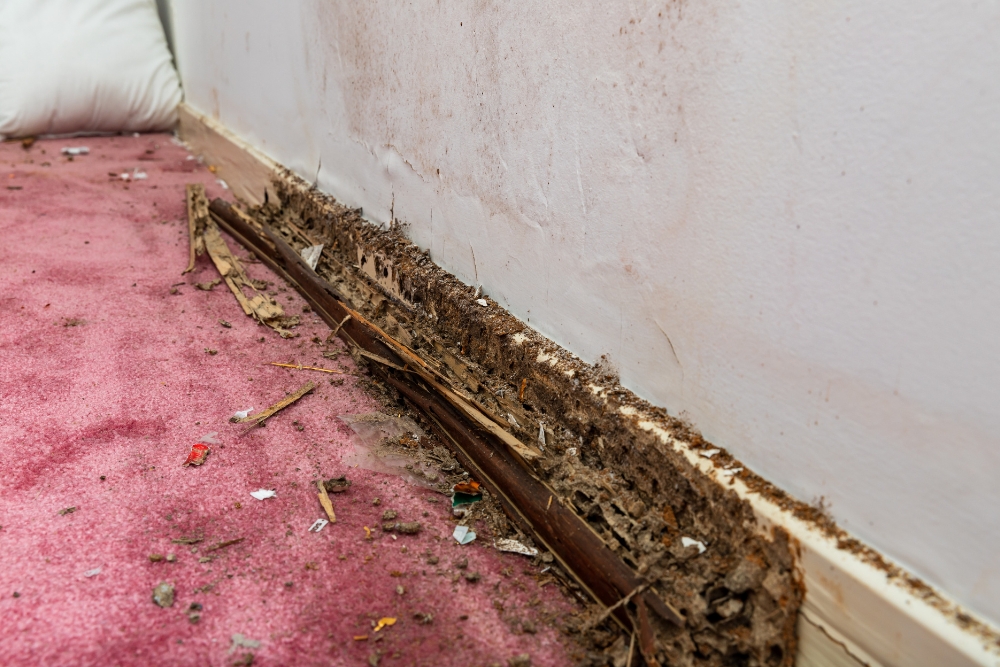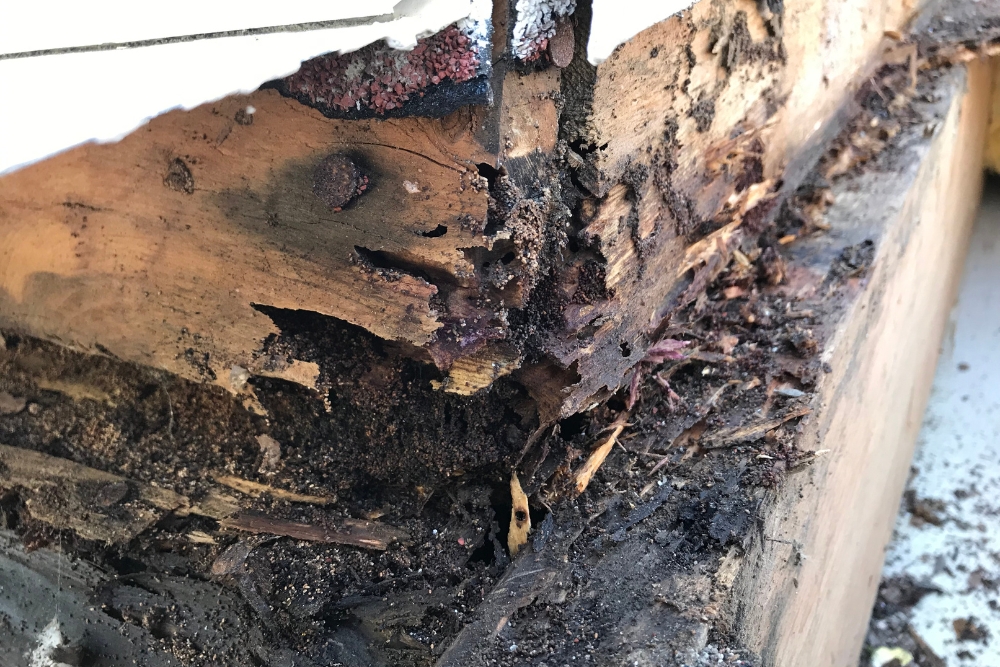Creating a garden that not only looks beautiful but also keeps household pests at bay is an art and science we’re about to explore. Strategic garden landscaping involves understanding the types of pests that can invade your garden, their impact on plant health, and how certain designs and plants can naturally deter them.
This approach focuses on creating pest-resistant gardens through smart choices like picking lavender, eucalyptus, or rosemary which naturally repel unwanted guests while adding aesthetic value.
We also highlight the power of companion planting — for instance, marigolds placed near tomatoes protect them from nematodes and aphids by attracting beneficial insects. Incorporating birdhouses or bat boxes in your yard invites nature’s pest controllers to help maintain balance without resorting to chemicals.
We delve into biological controls by welcoming ladybugs and lacewings to feast on harmful pests, reducing the need for pesticides.
Regular monitoring forms a crucial part of this strategy; spotting signs of pests early can prevent infestations from spreading. With these techniques combined, we aim to guide you in building a healthy, vibrant garden ecosystem that stands resilient against pests. Prepare for an enlightening journey through strategic gardening practices.
Key Takeaways
- Picking pest-resistant plants like lavender, rosemary, and eucalyptus can naturally keep pests away from your garden while adding beauty to the landscape.
- Companion planting is a powerful way to fight off garden pests. For example, placing marigolds near tomatoes can protect them from nematodes and aphids by attracting good bugs that eat these pests.
- Adding features such as birdhouses or bat boxes encourages nature’s pest controllers, like birds and bats, to take up residence in your yard, helping you manage insects without chemicals.
- Using biological control methods means inviting nature’s helpers such as ladybugs and lacewings into the garden. These beneficial insects munch on harmful pests and reduce the need for pesticides.
- Regularly checking your plants for signs of pests allows you to act quickly to stop infestations before they spread. Early detection helps keep your garden healthy with minimal intervention.
Understanding Pests in the Garden
Pests, ranging from tiny aphids to voracious slugs, can drastically undermine the health and vitality of plants within a garden, leading to stunted growth, damaged foliage, and even the death of plants. Recognising this, it becomes crucial for gardeners to embrace the concept of crafting pest-resistant gardens as a frontline defence against these common invaders.
This approach involves selecting plant varieties known for their natural resilience to pests, employing companion planting strategies that deter pests naturally, and creating a garden ecosystem that encourages beneficial insects and predators. By fostering such an environment, gardeners can significantly reduce the reliance on chemical pesticides, promoting a more sustainable and eco-friendly approach to gardening.
Ultimately, understanding the dynamics of pests in the garden and taking proactive measures to minimise their impact is essential for maintaining a healthy, thriving garden.
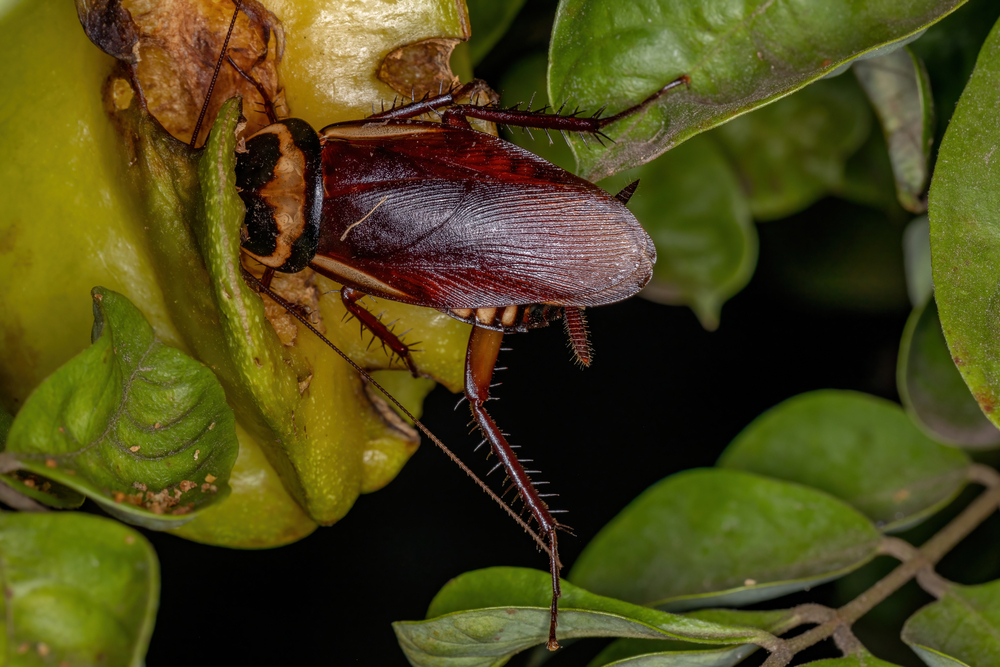
Common pests and their impact on plant health
We know how frustrating garden pests can be for homeowners, building inspectors, and pest inspectors across Australia. Aphids, snails, slugs, and caterpillars are a few common culprits that wreak havoc in our gardens.
These pests attack plants by chewing through leaves, sucking out sap, or burrowing into stems. The damage they cause can lead to unhealthy plants that struggle to grow or produce fruit.
Our efforts in strategic garden landscaping aim at combatting these pests. By understanding their impact on plant health, we identify the need for disease-resistant plants and insect-repelling strategies within our landscapes.
These approaches not only improve the aesthetic appeal of our outdoor living spaces but also support sustainable gardening practices by reducing the need for chemical pest control methods.
The concept of pest-resistant gardens
Pest-resistant gardens involve selecting plants that naturally resist pests and diseases, creating a natural barrier against infestations. By carefully choosing pest-resistant plants and companion planting, you can greatly reduce the need for harmful chemical pesticides.
Incorporating insect-repelling plants into your garden design not only helps to keep pests at bay but also promotes a healthier ecosystem by attracting beneficial insects to assist in controlling pest populations.
Furthermore, incorporating native Australian plants known for their resilience and natural pest resistance is essential in combatting household pests effectively. This strategic approach to landscaping not only enhances the visual appeal of your garden but also supports a sustainable and eco-friendly environment.
Creating a Pest-Resistant Garden
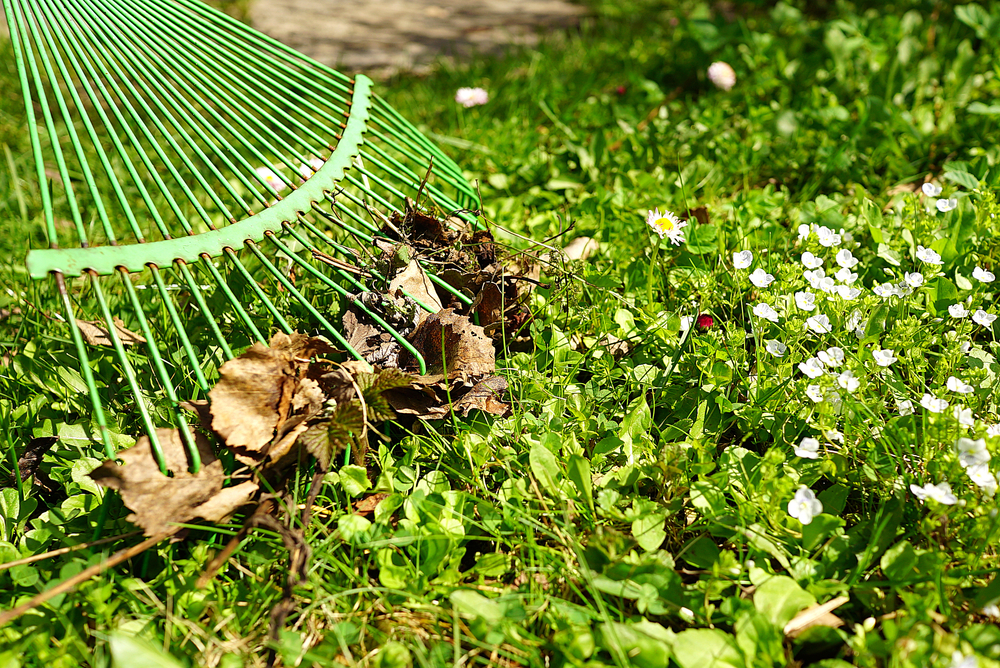
Creating a pest-resistant garden is a strategic approach to gardening that minimises pest infestations while maximising the health and productivity of the garden. Opting for plant species that naturally deter pests and thrive with minimal intervention is a cornerstone of this strategy.
These plants often possess inherent qualities such as strong scents or bitter tastes that are unattractive to common garden pests. Furthermore, the technique of companion planting enhances this natural defence system, as certain plant combinations can ward off pests or even improve each other’s growth and resistance to diseases.
By thoughtfully selecting plants and deploying companion planting strategies, gardeners can establish a robust first line of defence that keeps pests at bay, leading to a more balanced and sustainable garden ecosystem.
Choosing the right plants for your garden
When selecting plants for your garden, opt for pest-resistant varieties to boost your pest management strategy. Consider native plants such as lavender, rosemary, and eucalyptus, which are known for their natural repellent properties. Additionally, choose disease-resistant plants like marigolds and nasturtiums to bolster the resilience of your garden against pests and diseases.
Native plants are well adapted to local conditions and require less maintenance. A diverse mix of flowering and non-flowering plants will attract beneficial insects that help control pest populations. Incorporating these plant selections into your garden layout can significantly contribute to a pest-resistant landscape.
Companion planting for natural pest control
Companion planting involves strategically placing different plants together to naturally deter pests. This method promotes a healthy balance in your garden and reduces the risk of pest infestations. Here are some effective companion planting combinations for natural pest control:
- Planting marigolds alongside tomatoes can repel nematodes, aphids, and other common tomato pests while attracting beneficial insects like ladybugs and lacewings.
- Interplanting basil with tomatoes not only enhances the flavour of the tomatoes but also deters hornworms and mosquitoes.
- Growing dill near cucumbers can fend off cucumber beetles, aphids, and spider mites, thus protecting your cucumber plants from potential damage.
- Pairing garlic with roses can help prevent aphid infestations on rose bushes as well as repel Japanese beetles and other harmful insects.
- Including nasturtiums in your garden serves as a natural trap crop for aphids, whiteflies, and squash bugs, luring them away from your valuable plants.
- Combining chives with carrots helps in deterring carrot rust flies by masking the smell of carrots that attract these pests.
By implementing these companion planting strategies in your garden landscape design, you can create a natural shield against household pests while promoting a flourishing and balanced ecosystem.
Attracting beneficial insects
Attracting beneficial insects is vital for natural pest control in the garden. Here are some ways to attract these helpful creatures:
- Plant nectar-producing flowers such as marigolds, lavender, and daisies to attract pollinators like bees and butterflies.
- Create habitats for beneficial insects by installing insect hotels or leaving some areas of the garden untouched for nesting sites.
- Incorporate diverse plant species to provide food sources and shelter for a variety of beneficial insects.
- Avoid using pesticides that can harm beneficial insects, and instead opt for organic pest control methods to maintain a healthy ecosystem.
- Utilise pheromone traps to target specific pests while minimising harm to beneficial insects.
- Introduce plants with umbrella-shaped flowers, such as dill and fennel, to attract predatory insects like ladybugs and lacewings.
These strategies can help create a balanced and thriving garden ecosystem that naturally keeps pests at bay!
Maintaining soil health
Transitioning from attracting beneficial insects to maintaining soil health, it’s essential for healthy plants and a thriving garden. Healthy soil provides the foundation for robust plant growth and resilience against pests.
Amending soil with organic matter like compost, mulch, and natural fertilisers enhances its structure, increases nutrient content, and promotes beneficial microbial activity. Regularly testing the pH level of your soil helps ensure an optimal environment for your plants to flourish while deterring pest infestations at the same time.
Incorporating these practices into our gardening routine can significantly contribute to creating a resilient and pest-resistant ecosystem within our gardens, ultimately benefiting both homeowners and building inspectors alike.
Planting disease-resistant varieties in conjunction with maintaining healthy soil is crucial for preventing pest damage in British gardens. Using locally native plants adapted to their environment not only minimises water usage but also requires fewer pesticides due to their resilience against local pests.
Advanced Strategies for Pest-Resistant Gardens
In the quest to cultivate a garden that stands resilient against pests, leveraging advanced strategies becomes indispensable for the modern gardener. Implementing ecosystem services, such as incorporating plants that attract beneficial insects or improving soil health to boost plant immunity, lays a fundamental base for a pest-resistant environment.
Additionally, the use of biological control methods, such as introducing natural predators of common pests into the garden, offers a sustainable and environmentally friendly approach to pest management. Physical controls, including barriers and traps, also play a crucial role in preventing pests from reaching vulnerable plants.
Regularly monitoring the garden allows for the early detection of any pest activity, enabling timely intervention before an infestation can take hold. These advanced strategies, when combined, offer a comprehensive approach to maintaining a garden that not only thrives but also supports a richer, more balanced ecosystem.
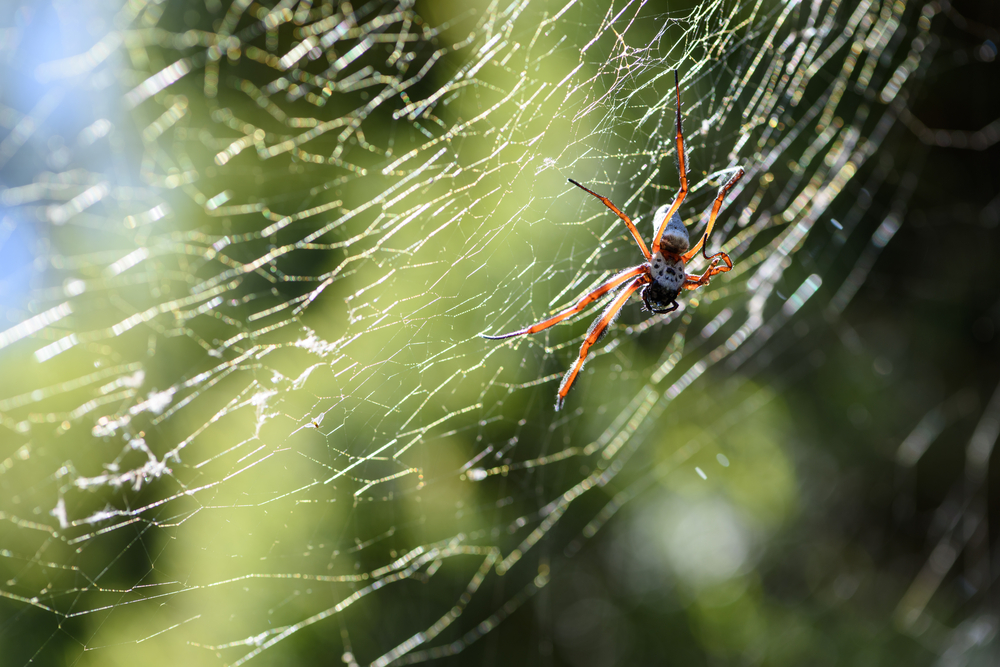
Utilising ecosystem services
To maintain a pest-resistant garden, we can harness the power of ecosystem services. By incorporating diverse plant species that attract beneficial insects like ladybugs and lacewings, we can naturally control pest populations.
Additionally, creating a habitat for birds and bats in our garden through features such as birdhouses and bat boxes can help keep insect numbers in check. This approach not only reduces reliance on chemical pesticides but also promotes a healthy and balanced garden ecosystem.
Integrating native plants into our landscaping design is crucial to support local pollinators, which are essential for plant reproduction. Native flora attracts indigenous insect species that contribute to natural pest management by preying on harmful pests.
Biological control methods
Biological control methods involve using natural enemies of pests to manage their populations. This involves introducing predators or parasites that target specific pests. Here are some effective biological control methods to consider:
- Encourage natural predators such as ladybugs, lacewings, and parasitic wasps by planting nectar-producing flowers and providing shelter for them in the garden.
- Release beneficial insects like predatory mites or nematodes to combat harmful pests without the use of chemicals.
- Introduce insect-resistant plant varieties that naturally repel pests, reducing the need for external controls.
- Establish a diverse habitat to support a healthy ecosystem, which can help regulate pest populations through natural balance.
These strategies offer sustainable and environmentally friendly ways to keep household pests at bay in the garden.
Physical control methods
When it comes to keeping pests at bay, physical control methods are an effective strategy that homeowners, building inspectors, and pest inspectors can employ. These methods involve the use of physical barriers and traps to prevent and capture garden pests. Here are the key physical control methods to consider:
- Use row covers: Employing row covers made of lightweight, breathable fabric can shield plants from flying insects like aphids and caterpillars.
- Install barriers: Erect physical barriers such as netting or mesh around vulnerable plants to deter pests like birds and larger insects from causing damage.
- Set up traps: Deploy sticky traps or pheromone lures strategically around the garden to attract and capture specific types of pests, thereby reducing their population.
By employing these physical control methods, Australian homeowners can effectively protect their gardens from common household pests while maintaining a natural and eco-friendly approach.
Regular monitoring
Regular monitoring of your garden is crucial in maintaining a pest-resistant landscape. Check plants for signs of damage, such as holes in leaves or wilting, and promptly address any issues to prevent pest infestations from spreading.
Proactively inspecting your garden allows you to spot pests early on, making it easier to implement targeted control measures. By staying vigilant and taking swift action when necessary, you can help ensure that your garden remains a healthy and thriving environment for both plants and beneficial insects.
Keeping an eye out for changes in plant health and addressing them promptly through targeted control measures aids in maintaining a healthy pest-resistant garden. Regular inspections enable early detection of potential pest problems, allowing for timely intervention to keep the garden flourishing.
Call Us!
We’ve explored key strategies for creating a pest-resistant garden, including choosing the right plants, implementing companion planting, and attracting beneficial insects. These practical methods are efficient and easy to implement in your landscaping design.
How can you apply these strategic gardening tips to keep household pests at bay in your backyard? The importance of these approaches cannot be overstated; they can lead to significant improvements in pest control and plant health.
Explore additional resources for further guidance on designing a pest-resistant garden. Take action now to enhance your outdoor space and create a healthier environment for your plants!


